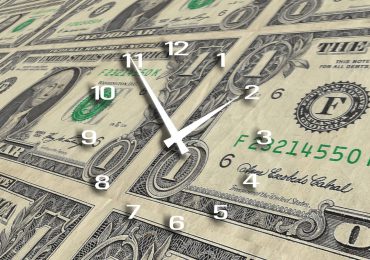Mark Hulbert says an indicator with an impeccable track record is now in bullish territory.
The indicator: The High Low Logic Index, created by Norman Fosback in the 1970s, when he was president of the Institute for Econometric Research. “The index represents the lesser of two numbers: New 52-week highs and new 52-week lows with both expressed as a percentage of total issues traded,” Hulbert writes on MarketWatch.com.
Essentially, the index looks for uniformity; that is, times when the highs far outnumber the lows, or times when the lows far outnumber the highs. According to Fosback, Hulbert reports, “it doesn’t matter what direction that uniformity takes. Many new highs and very few lows is obviously bullish, but so is a great many new lows accompanied by few or no new highs.” Conversely, Fosback has said, times when there isn’t high uniformity indicate that “the market is undergoing a period of extreme divergence … Such divergence is not usually conducive to future rising stock prices, [since] a healthy market requires some semblance of internal uniformity.”
Fosback recommended using a 10-week exponential moving average of the High Low Logic Index. Ned Davis Research uses that technique, and it has found that readings below 2.5% are bullish, Hulbert says. “Whenever the 10-week exponential moving average of the High Low Logic Index is below this level, according to the firm, the S&P 500 index has appreciated at a 17.9% annualized rate,” Hulbert says. “Whenever it has been above 4.05%, in contrast, the S&P 500 index has declined at a 12.5% annualized pace.” (Readings between 2.5% and 4.05% are considered neutral).
Currently, the indicator is at 1.7% — solid bullish territory, Hulbert notes. He adds that there have been just four times in the past 25 years in which the Ned Davis version of the index has moved from bearish territory to levels of 1.7% or lower. The four times came right near major market bottoms: late 1987, late 1990, early 2003, and late 2008, he says. That’s not quite the case today, however, since the indicator didn’t rise above 4.05% before its recent decline. But all in all, the indicator is painting a bullish picture, Hulbert says.








